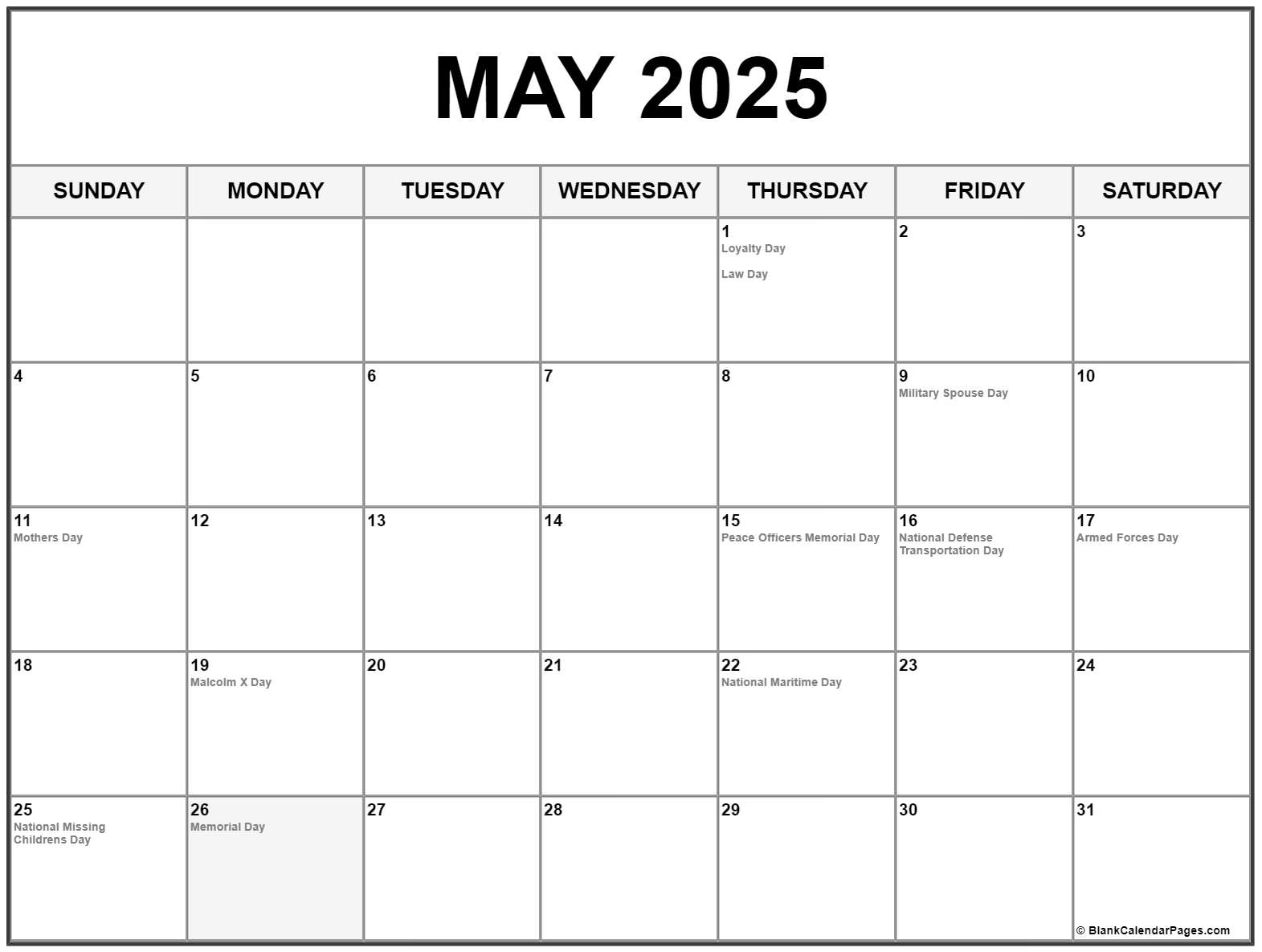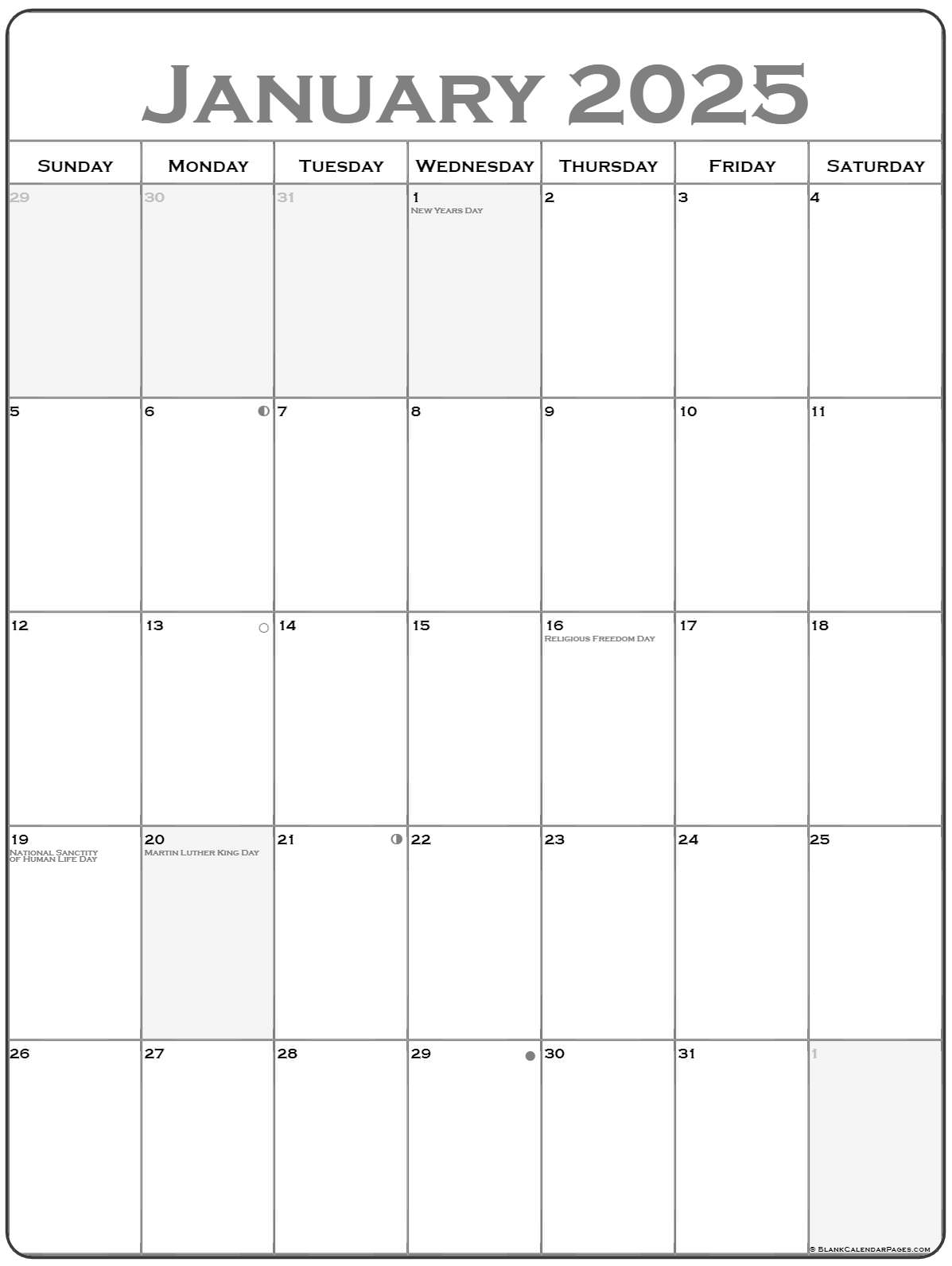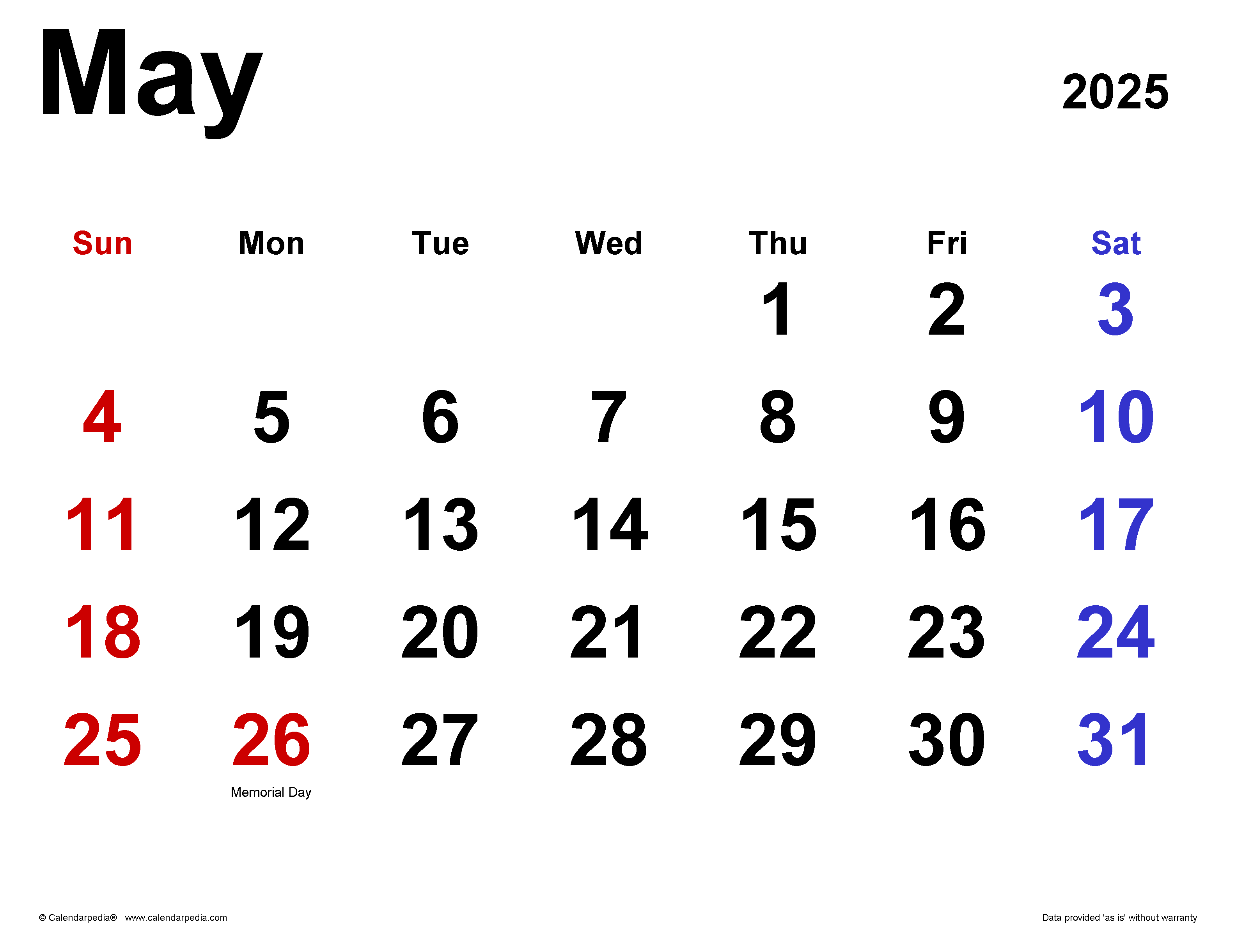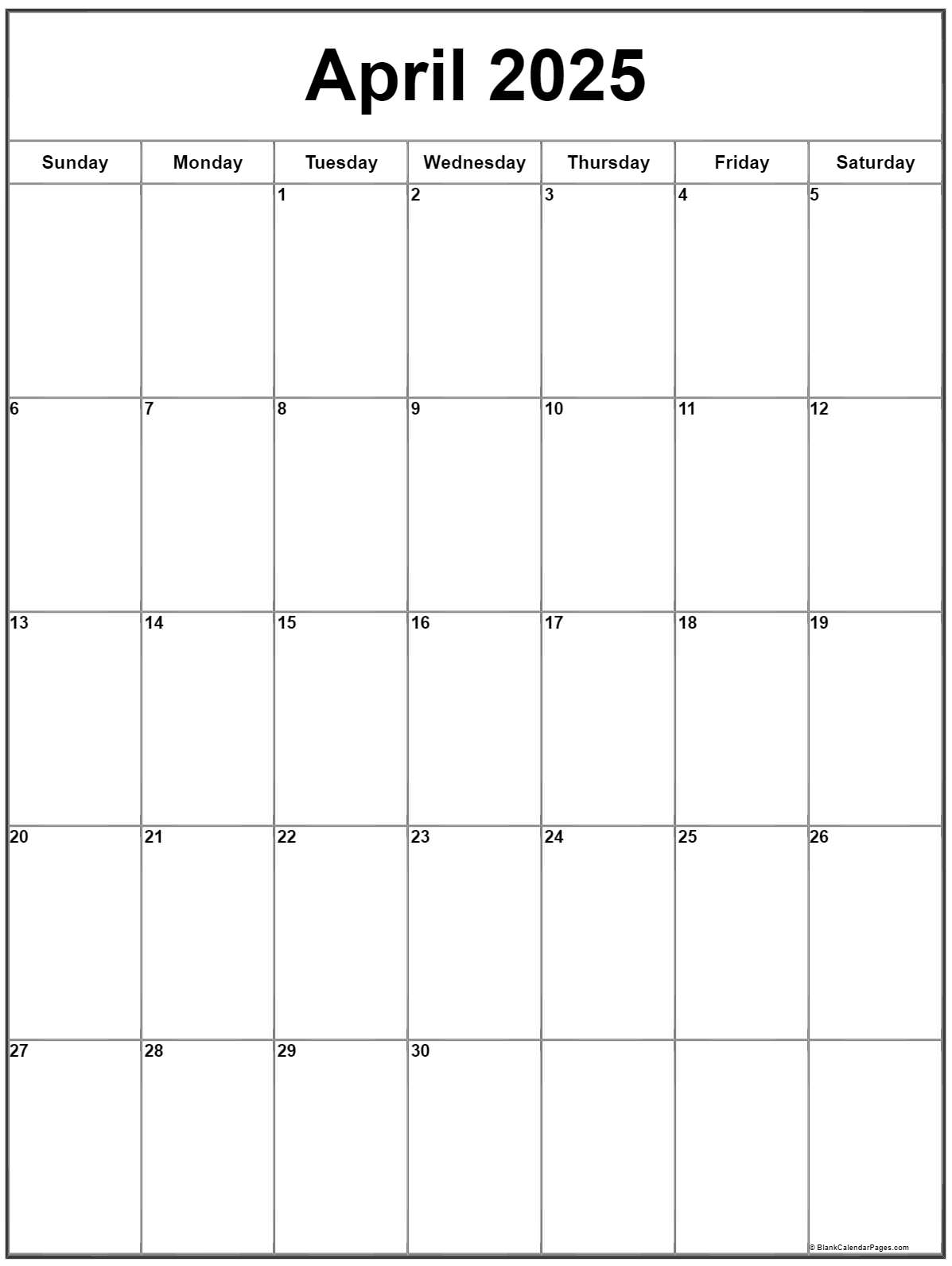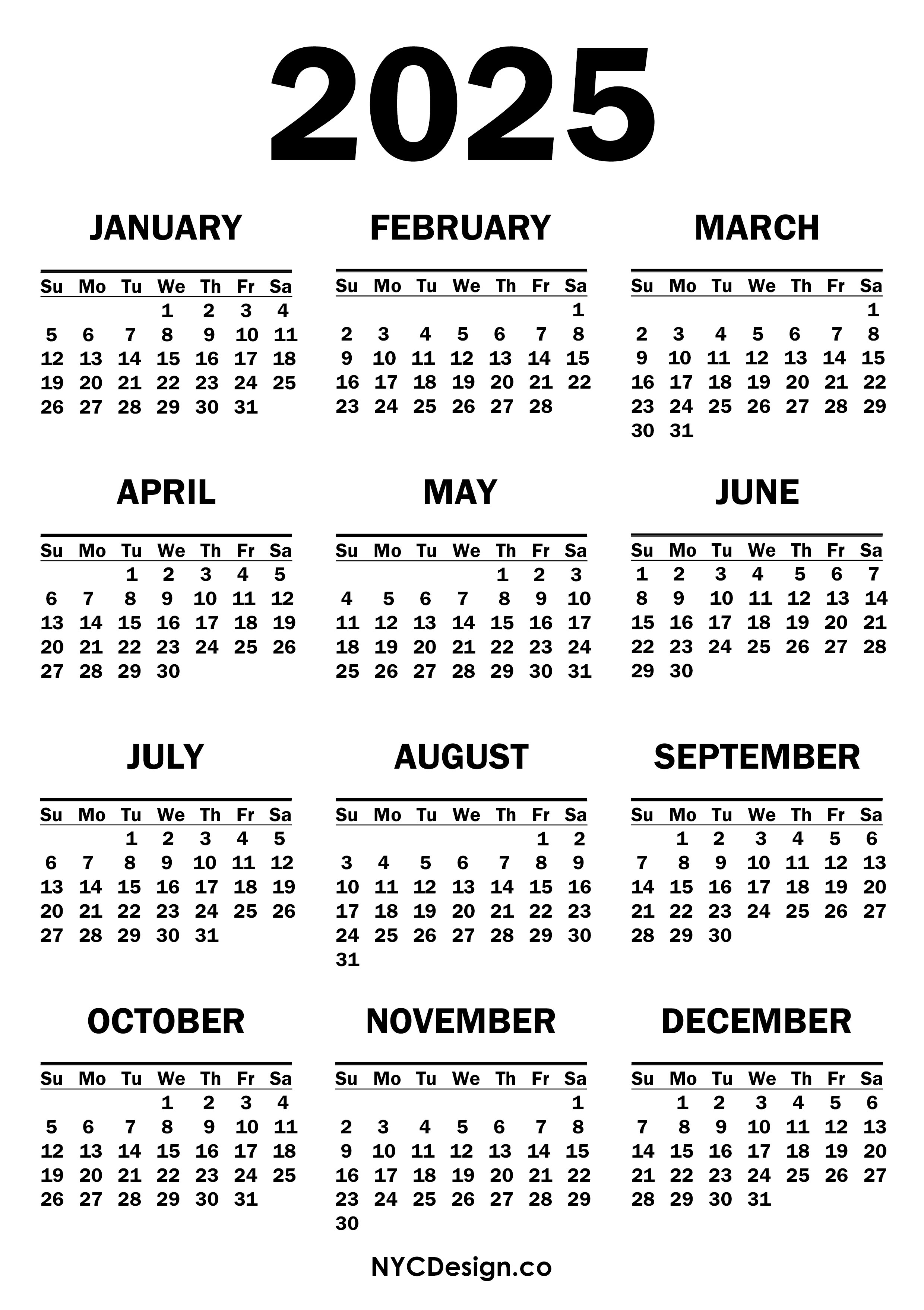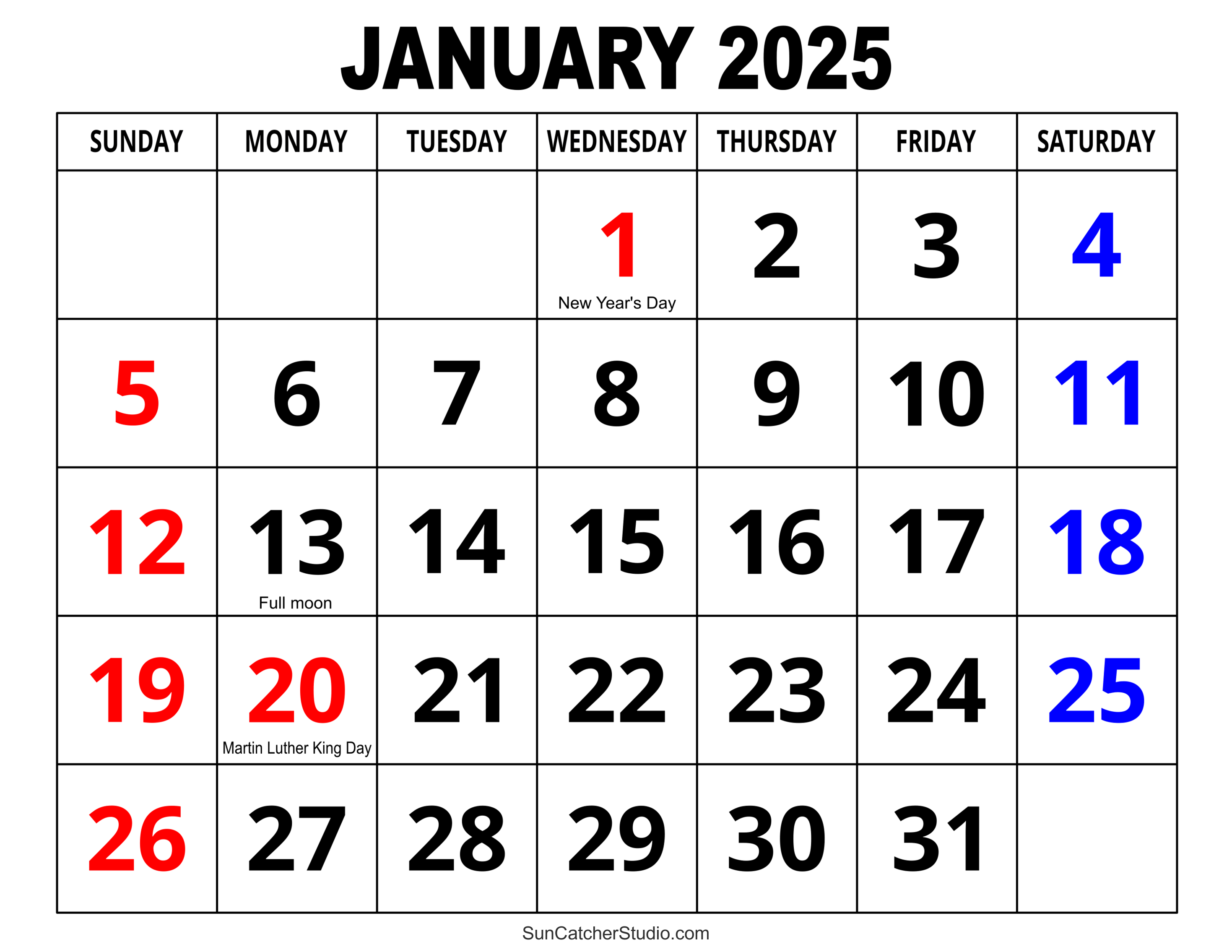Should May 2025 Calendar Be Changed
Should the May 2025 Calendar Be Changed? A Deep Dive into the Debate
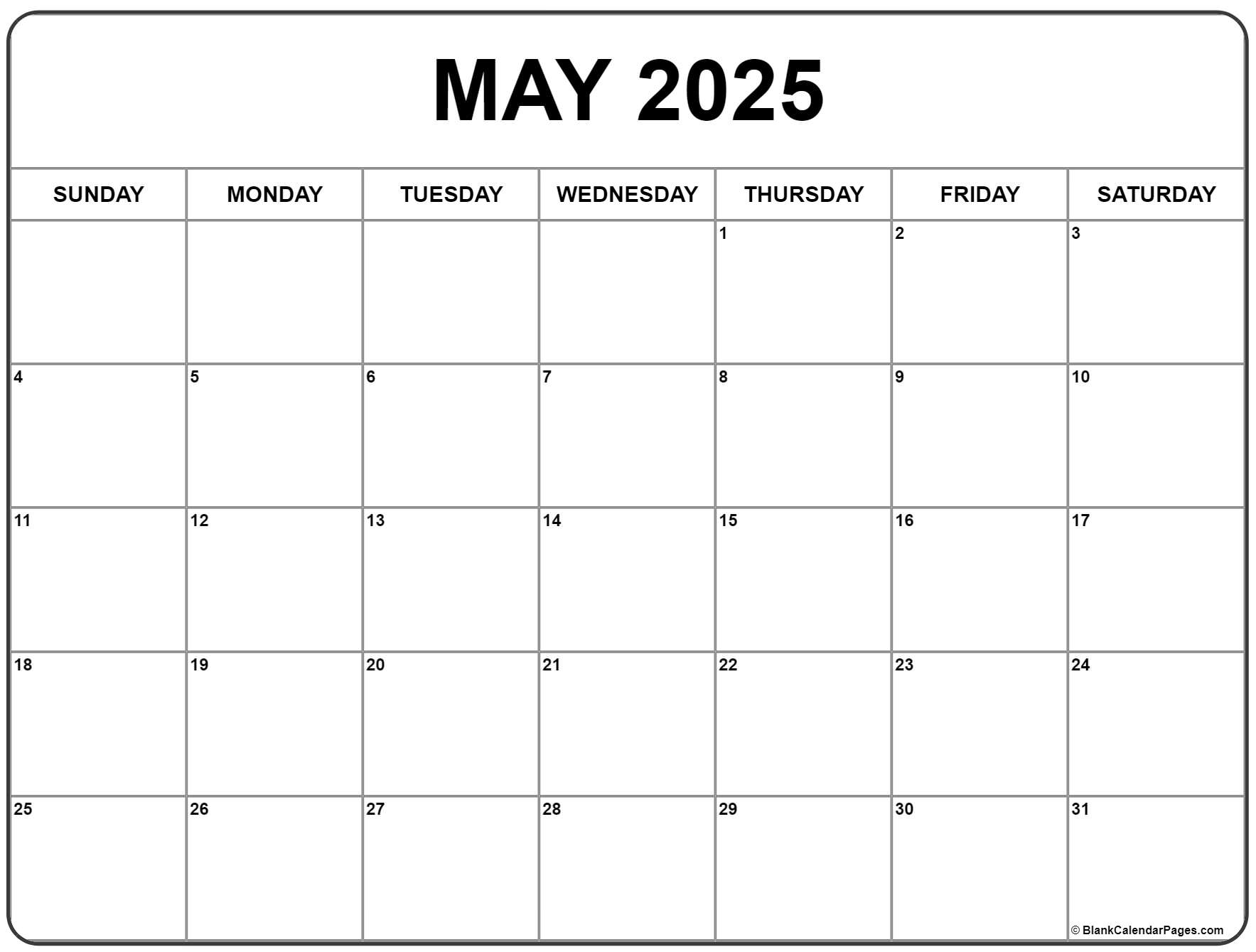
The seemingly innocuous May 2025 calendar has sparked an unexpected debate, not about its dates, but about its very structure. While most of us take the Gregorian calendar for granted, a growing chorus of voices – from productivity experts to historians to software developers – are questioning its efficiency and suggesting potential modifications for May 2025, and potentially beyond. This article delves into the arguments for and against altering the calendar, exploring the complexities and potential consequences of such a significant change.
The Case for Change: Addressing Inefficiencies of the Gregorian Calendar
The Gregorian calendar, while globally accepted, suffers from several inherent inefficiencies. These inefficiencies, amplified over time, contribute to scheduling difficulties, logistical challenges, and even economic losses. Proponents of calendar reform point to these issues as compelling reasons to consider a change for May 2025, serving as a pilot for broader reforms.
-
Uneven Week Length: The most glaring inefficiency is the inconsistent length of months and quarters. This unevenness makes accurate financial forecasting and project planning significantly more difficult. Businesses struggle to compare monthly or quarterly performance, while project managers face challenges in aligning deadlines across different months. A standardized calendar could streamline these processes, leading to improved efficiency and reduced errors. May 2025, being a month with a variable number of working days depending on the weekday start, highlights this issue perfectly.
-
The Problem of Weekends: The current placement of weekends, fixed to Saturday and Sunday, creates arbitrary disruptions to workweeks. This can lead to inefficient use of resources and increased logistical complexity, particularly for international collaborations spanning multiple time zones and weekend observance variations. A more evenly distributed weekend structure, perhaps a rotating system, could mitigate these issues. Starting with May 2025, a trial run of such a system could provide valuable data on its effectiveness.
-
The Perpetual Calendar Problem: The current Gregorian calendar’s cyclical nature isn’t truly consistent. Leap years, while necessary for astronomical accuracy, disrupt the predictability of the calendar, making long-term scheduling and planning challenging. A reform could aim for a more consistent and predictable calendar, simplifying long-term scheduling for events spanning multiple years.
-
International Discrepancies: The Gregorian calendar’s global adoption isn’t entirely uniform. Different cultures and regions observe holidays and weekends differently, further complicating international coordination and scheduling. A standardized calendar could facilitate smoother international collaboration and reduce confusion.
-
The Productivity Argument: Some proponents argue that a more efficient calendar could lead to increased productivity. By reducing the disruptions caused by uneven month lengths and weekend placement, individuals and businesses could optimize their workflows and achieve better outcomes. A change in May 2025 could be a test case to evaluate this productivity boost.
The Case Against Change: The Costs and Challenges of Reform
Despite the compelling arguments for reform, implementing a new calendar for May 2025, or any month, faces significant hurdles. The costs associated with such a change are substantial and far-reaching.
-
Economic Disruption: A calendar change would necessitate updating countless software systems, databases, financial records, and scheduling tools. This would require significant investment from businesses and governments worldwide, leading to potential economic disruption and lost productivity during the transition.
-
Social and Cultural Disruption: The Gregorian calendar is deeply ingrained in our social and cultural fabric. Changing it would disrupt long-standing traditions, holidays, and cultural practices. The potential for social resistance and confusion is substantial.
-
International Coordination: Achieving global consensus on a new calendar would be an immense diplomatic challenge. Different nations have different interests and priorities, making agreement on a single, unified calendar incredibly difficult.
-
The Complexity of Implementation: The technical challenges of implementing a new calendar are immense. Synchronization across different systems and time zones would require meticulous planning and coordination. Errors during the transition could have significant consequences.
-
The Lack of a Clearly Superior Alternative: While numerous alternative calendars have been proposed, none have gained widespread acceptance as a clear and superior replacement for the Gregorian calendar. The lack of a universally preferred alternative further complicates the decision to change.
Exploring Alternative Calendars: Potential Solutions and Their Viability
Several alternative calendars have been proposed over the years, each with its own strengths and weaknesses. These include:
-
The International Fixed Calendar: This calendar features 13 months of 28 days each, with an extra day at the end of the year. It offers a highly symmetrical structure, but the addition of a 13th month presents cultural and religious challenges.
-
The World Calendar: This calendar maintains 12 months but adjusts the number of days in each month to create a more balanced structure. However, it still faces the challenge of inconsistent week lengths.
-
The Six-Day Week Calendar: This calendar proposes a six-day workweek, potentially addressing the issue of weekend disruptions, but this would require significant social and economic adjustments.
Implementing any of these alternatives for May 2025 would require extensive preparation and a global consensus, which currently seems unlikely.
Conclusion: A Cautious Approach to Calendar Reform
The debate surrounding a potential change to the May 2025 calendar, and indeed the Gregorian calendar itself, highlights the complex interplay between practicality, tradition, and international cooperation. While the inefficiencies of the current system are undeniable, the costs and challenges associated with a radical change are equally significant. A sudden shift in May 2025 is highly improbable and potentially disruptive.
Instead of a complete overhaul, a more pragmatic approach might involve incremental improvements. This could include focusing on improving scheduling software to better accommodate the existing calendar’s irregularities, fostering greater international collaboration on holiday standardization, or exploring localized calendar adjustments within specific sectors or regions. A thorough cost-benefit analysis, considering both economic and social impacts, is crucial before any significant changes are considered. The discussion about calendar reform is valuable, but a cautious and phased approach is essential to avoid unintended consequences. The May 2025 calendar, therefore, remains a potent symbol of a larger conversation, one that requires careful consideration and a long-term perspective before any substantial changes are implemented.
